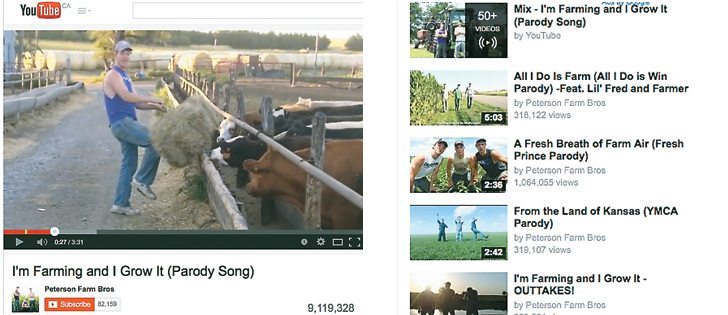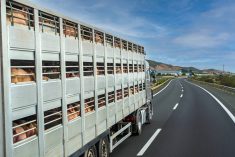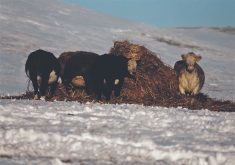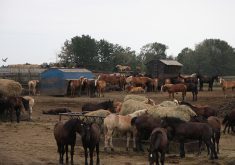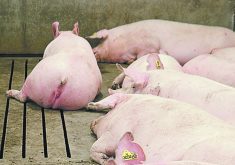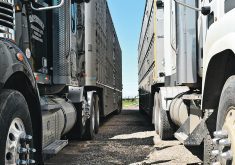An animal rights group recently released a video taken with a hidden camera on a dairy farm in New Mexico.
The images from Mercy for Animals showed workers beating cows with chains, using electric prods on the genitals of cattle and dragging cattle that couldn’t walk behind a tractor.
The images were shown on every television news show that night and authorities quickly closed the farm, stopped milk shipments and moved the cows to other farms.
The actions of the employees on this dairy farm could not be condoned by any reasonable person. These were actions of outright animal cruelty and cannot be justified for any reason.
Read Also
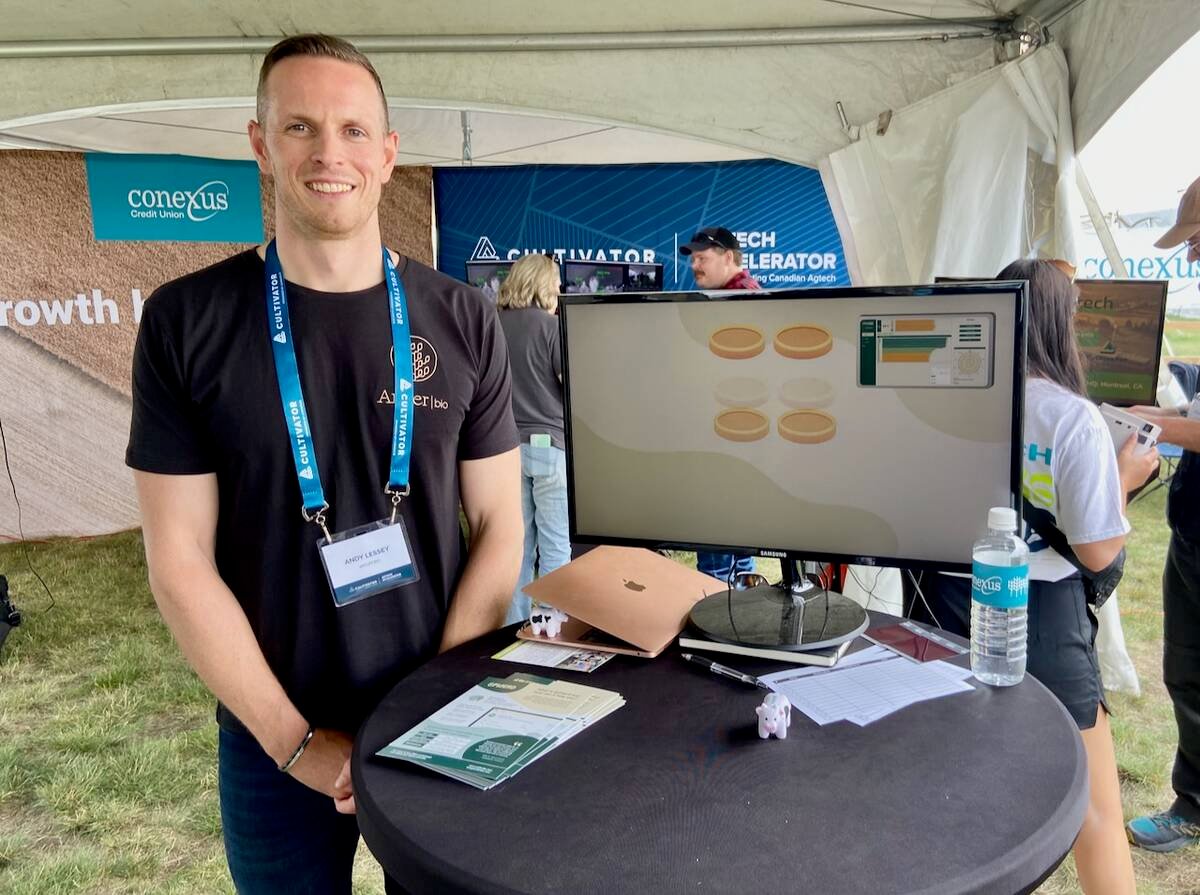
VIDEO: British company Antler Bio brings epigenetics to dairy farms
British company Antler Bio is bringing epigenetics to dairy farms using blood tests help tie how management is meeting the genetic potential of the animals.
I believe these cases are not widespread, but they do occur and they paint a terrible picture of the livestock industry for the public.
As a livestock industry, we need to be proactive in preventing these problems from occurring.
This does not mean we shouldn’t allow cameras on our farms. On the contrary, we should be comfortable having anything that happens on our farm, ranch or feedlot recorded on video. This means making animal welfare a priority with everyone on the farm, including all of our employees.
I know that many of the larger feedlots in Western Canada already have animal welfare protocols in place and work with their veterinarians to train staff in appropriate animal welfare practices.
We have an updated code of practice for beef and dairy cattle that can serve as a great starting point for having these conversations with employees and helping veterinarians and producers design animal welfare protocols.
Non-ambulatory or downer cows are among the most common problems seen on these animal abuse videos.
Occasionally, animals that are injured or unable to rise need to be dealt with in a humane manner.
They need to be in a well-bedded environment and have feed and water within reach. It is extremely difficult to move these animals in a humane fashion. Never drag them, but if they need to be moved, use a sled or sling or roll them gently into the large bucket of a front-end loader.
Downer animals should also be provided shelter or protection from weather. They should be assessed by a veterinarian and a decision made on the prognosis of that animal. Humane euthanasia may be necessary and should be carried out in a timely manner.
The most common cause of downer animals are when lame, thin or sick animals are sent to market for slaughter.
In some cases, these animals arrive at an auction market, are sold and may spend another week waiting for a load to be assembled before they are loaded again and sent to slaughter.
Dr. Karen Schwartzkopf-Genswein of Agriculture Canada’s Lethbridge research centre showed in the October 2012 edition of the Journal of Animal Science that Canadian market cows are 13 times as likely to be-come downers or die in transit than fat cattle.
Extremely thin cows are also at a major risk of becoming downers, especially during transport.
Maintain body condition on your cows with good nutrition and management. Body condition score your cows regularly, divide the herd into management groups based on age or body condition score and test your feed quality so that you can design an appropriate ration for each group.
Cattle should be culled before they become too thin to travel humanely.
We need to continually work to-gether to demonstrate that most producers truly care about the animals in their care.
In a world where nothing can be hidden, we’d better have nothing to hide.
John Campbell is head of Large Animal Clinical Sciences at the University of Saskatchewan’s Western College of Veterinary Medicine.



